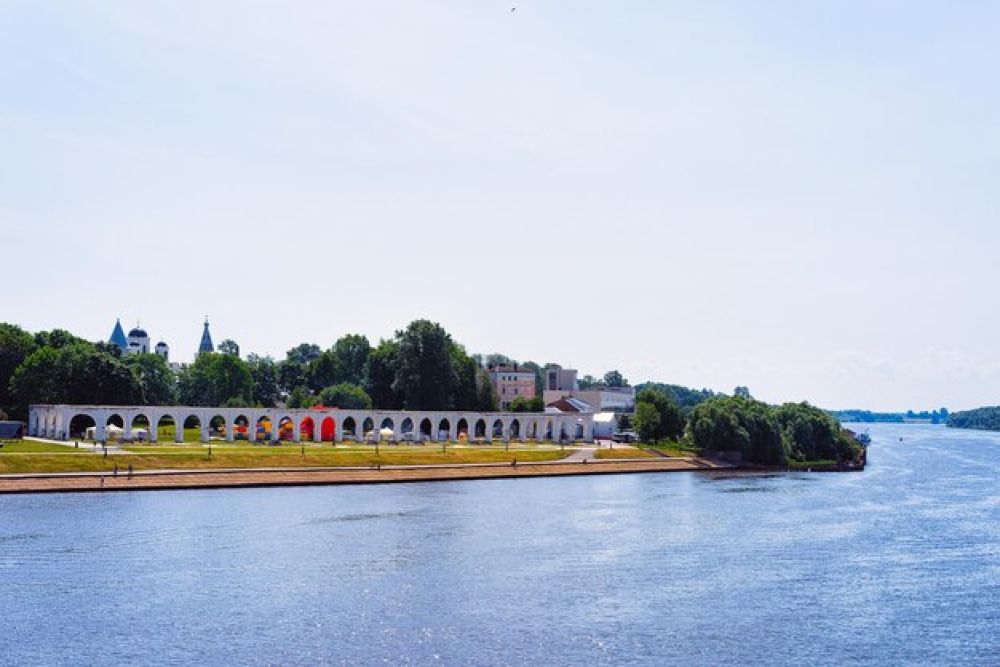

The city of Veliky Novgorod, with the iconic Volkhov River flowing through its heart, is a destination steeped in rich history and cultural significance. Known as one of Russia's oldest cities, it played a pivotal role in the formation of the Russian state and its culture.
The history of tourism in Veliky Novgorod, and particularly along the Volkhov River Embankment, is tied to its heritage as the cradle of Russian civilization. The allure for tourists began in earnest during the 19th century when intellectuals and high society members from across Europe would travel to Veliky Novgorod to see the ancient Russian architecture and to soak in the historical atmosphere of the place where Russia began.
During the Soviet era, Veliky Novgorod was recognized as a city of great historical importance. Although the state authorities mainly directed domestic tourism, the Volkhov River Embankment remained a significant spot for Soviet citizens interested in understanding their past. It was during this period that the Kremlin of Novgorod also became an official part of a museum-preserve, solidifying the embankment's place along the tourism trail.
Following the collapse of the Soviet Union, Veliky Novgorod experienced a surge in international attention. Travelers from all over the world came to stroll along the Volkhov River Embankment, taking in the views of the ancient Kremlin, the Millennium of Russia monument, and the numerous, historically significant churches and monasteries dotted along the riverbanks. Investment in hospitality and infrastructure, including the restoration of several historical buildings and the development of river cruises, have made the embankment more accessible and attractive to tourists.
In recent years, sustainable and educational tourism has been on the rise. Visitors to Veliky Novgorod are increasingly looking for experiences that enable them to engage with the local culture and history in a meaningful way. Historical reenactments and immersive museum exhibits have become popular, as has the integration of modern technology into the tourist experience, such as virtual tours and augmented reality apps that bring the city's storied past to life.
Another trend is the promotion of year-round tourism. Although Veliky Novgorod is most popular during the warmer months, there has been a drive to attract visitors during the winter season, showcasing the embankment's beauty set against the snow-covered landscape.
In conclusion, the Volkhov River Embankment's deep historical roots have made it a profound symbol and a must-visit destination. As one of Russia's most cherished historical sites, the embankment's evolution as a tourist attraction mirrors the broader trajectories of Russia's complex history and its contemporary embrace of a world that is eager to explore the vast timelines and narratives held within its riverbanks.